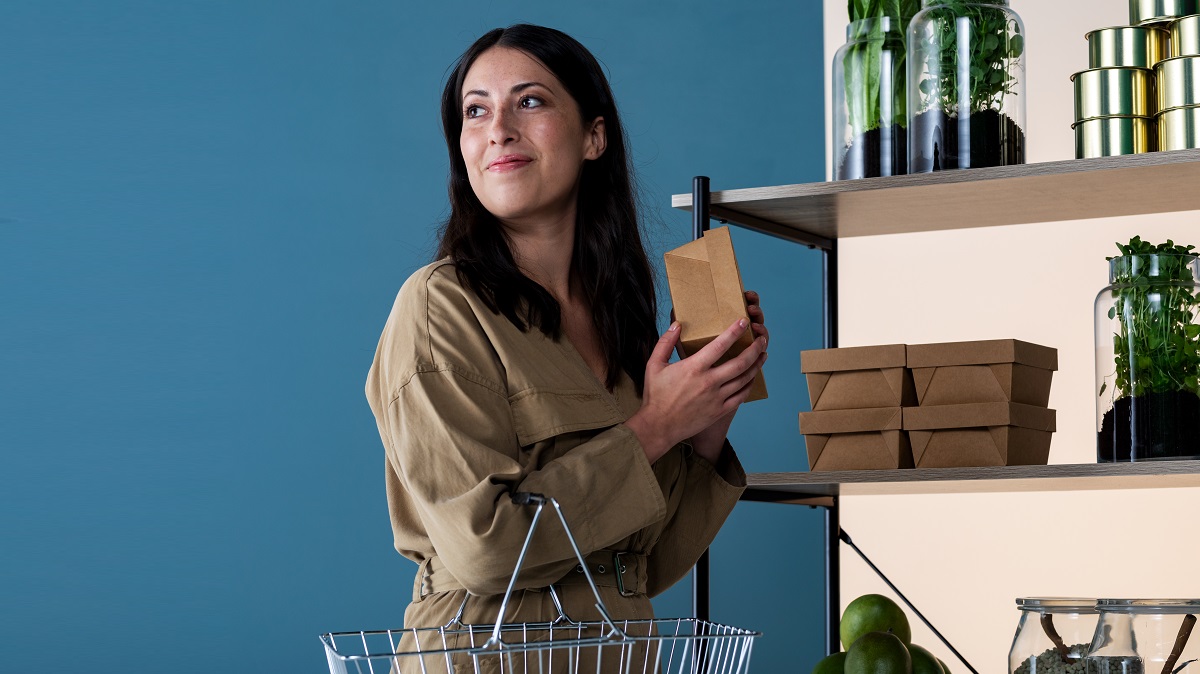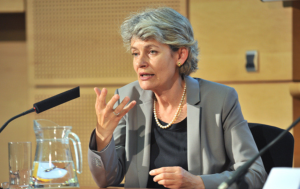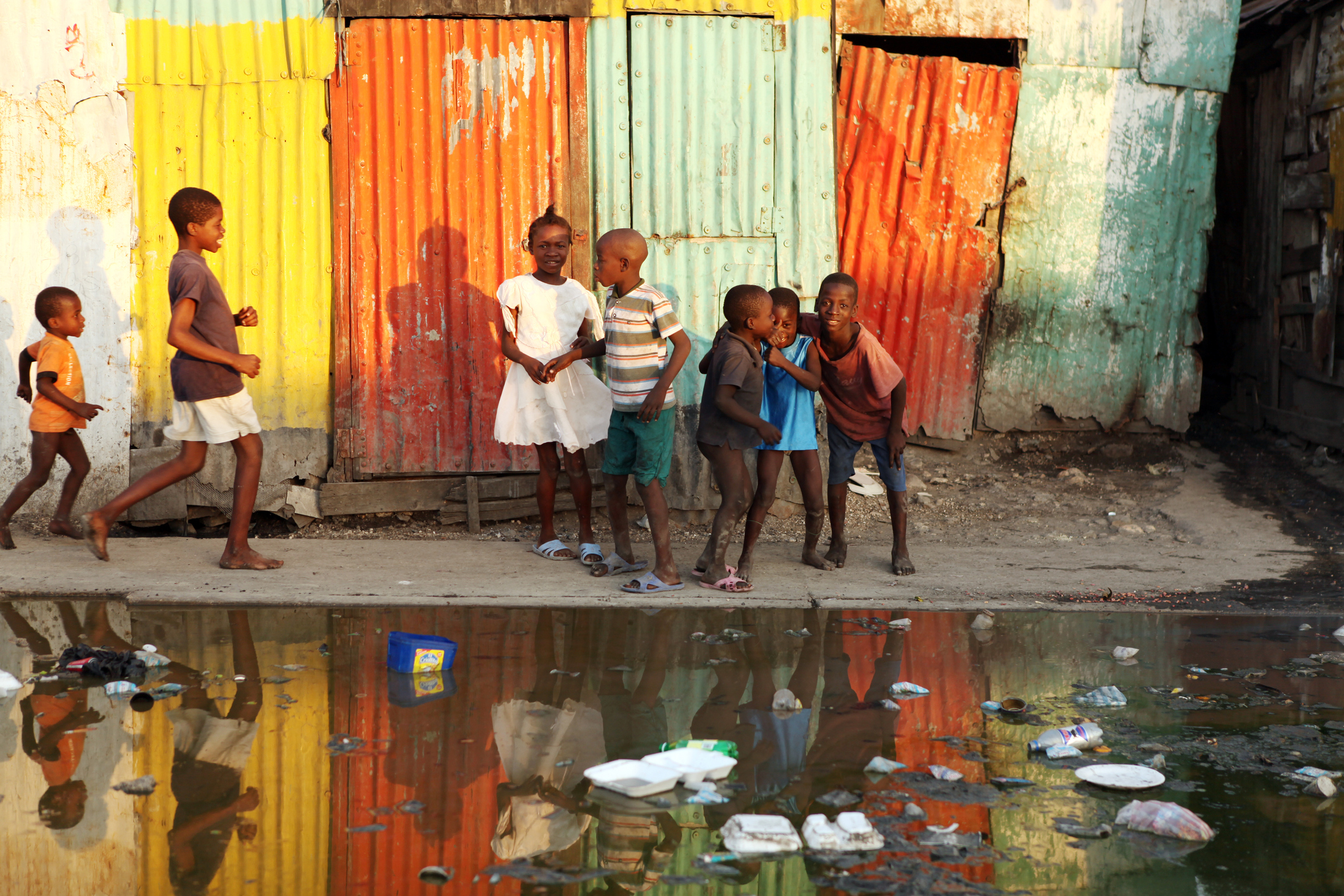By Marikka Nevamäki, Director, and Riikka Tietäväinen-Arola, Manager, Kemira Customer Communications
What will food and the materials used to package it look like in 2030? What role will sustainability play? Will consumers be driven by convenience or are they looking for experiences – or will they want to make a statement with their consumption choices? Will the need for packaging dramatically decrease as consumers are drawn to package-free shops? An expert panel investigated four possible scenarios…
Envisioning the future is interesting and difficult in equal measure, especially in a time of rapid change. Currently, several global megatrends are impacting the ways we consume and package food, meaning change is on the horizon. The drive for sustainability is increasingly impacting packaging. Concerns about single-use plastics and packaging waste ending up in landfill or, worse still, in nature, continue to drive both public discussion and regulatory action.
Consumers are more aware of, and keener to act to reduce, packaging waste in general, and plastic waste in particular. At the same time, the rate of urbanisation continues to increase, and related phenomena, such as the convenient take-out and ready-meal culture and e-commerce, translate into increased demand for packaged consumer goods.
The packaging value chain has an important role to play in finding future-proof solutions to these sustainability and resource-efficiency challenges. As a chemistry supplier and part of the fibre-based packaging value chain, Kemira wanted to investigate the possible futures indicated by the trends we see in the market today.
To paint a picture of what food and its packaging could look like in ten years’ time, Kemira reached out to industry experts, researchers and key stakeholders: paper and board manufacturers, packaging converters, brand owners, and regulatory experts. As a result of the discussions with them, a report, Future of Food Packaging: Four Scenarios for 2030, was created. Please refer to the link at the end of this article to access the full report, briefly summarised in the following.
Scenario 1: individualism to the max
In this scenario, the food industry fragments to serve a vast variety of niche consumer tastes and interests. “You are what you eat” is the mantra that people live by. The food we choose defines who we are, and we make choices driven by a burning desire for experiences. Even “bad” material choices can be made in the name of brand differentiation. Recycling will be challenging and a responsibility of the individual consumer.
Scenario 2: a totally green experience
In this scenario, the experience of climate-friendliness will be more important than brand loyalty. Excessive packaging and plastic use will be frowned upon. People will buy more food from packaging-free stores and it will be the norm to bring your own containers. Recycling will be essential and simple for the consumer – even food packaging itself can be edible.
Scenario 3: practicality on-the-go
In this scenario, practicality and convenience will become more important than the sustainability of food and packaging. Digital services will make life as hassle-free as possible. Food packaging will be lightweight and easy to carry. Recycling will be anything but convenient and consumers will be exhausted and skeptical about climate-talk.
Scenario 4: the effortless closed loop
In this scenario, making climate-friendly choices will be so easy that most people won’t even notice doing it. Consumers trust that brands are doing their job to fight climate change. Reusable, durable packages that the consumer can return to a delivery agent will be common in food delivery. Recycling will be a well-oiled machine and trash will be a thing of the past.
Role of chemistry: see the invisible
The increasing demand for sustainable solutions represents a golden opportunity for the fibre-based packaging industry because paper and board are renewable and recyclable by nature. Chemistry is the invisible enabler for functional fibre-based packaging. Without it, paper and board could not be turned into fit-for-purpose packaging: they would not have the required stiffness, strength, convertibility, or hydrophobicity, neither protecting the product nor being hygienic and safe to use.
Time to work together
Predicting the future is difficult as so many factors come into play. As such, the scenarios are not forecasts, and none of them is more likely to come true than another. Rather, they are a way to explore the possible outcomes of developments that are already impacting consumer behaviour.
First and foremost, the scenarios act as discussion starters and thought provokers – and will hopefully inspire collaboration across the value chain. The future of food packaging a decade down the line remains unwritten, and it will be a story that the entire industry creates together. It is time to work together for a bright future for sustainable packaging.
To access the full Kemira report, please see Future Of Food Packaging: Four Scenarios for 2030”






